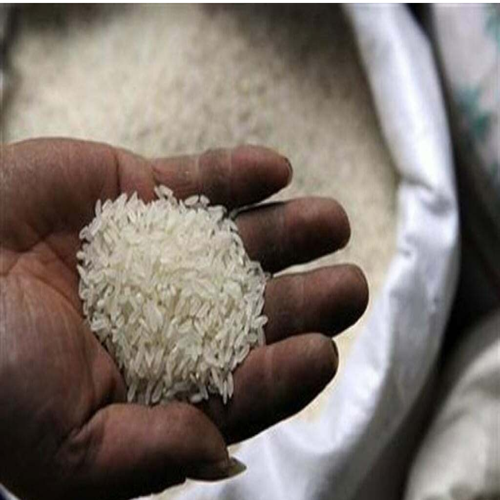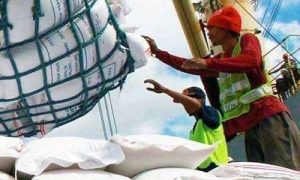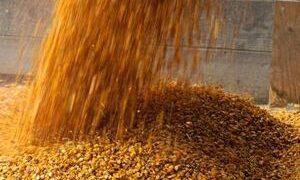Despite incentives, direct seeding of rice fails to enthuse Doaba farmers

The Punjab Government’s Rs 1,500 per acre incentive for Direct Seeding of Rice (DSR) has not met expectations. Despite a 5 lakh acre target, only 1.7 lakh acres were achieved last year, and initial trends this year show limited adoption in Doaba with just 50 acres in Kapurthala and 150 acres each in Jalandhar and Nawanshahr. Farmers cite issues with weeds and lower yields as barriers.
Two years ago, the Punjab Government had announced an incentive of Rs 1,500 per acre for the farmers to encourage them to adopt the Direct Seeding of Rice (DSR) method. Despite that, the technique seems to have failed in the state. Last year, the target for land under DSR method was 5 lakh acres while the area under the technique was just 1.7 lakh acres. This year, the target remains the same but initial trends suggest that the target may not be achieved in Doaba. However, the agriculture department officials are still hopeful.
Until now, merely 50 acres of area has come under DSR practice in Kapurthala, while in Jalandhar and Nawanshahr, the area is 150 acres each. Even though the sowing of paddy using the technique started on May 15, not much area has come under it in Doaba yet. Despite the government’s efforts to promote the technique as a sustainable way to prevent groundwater depletion and cut labour costs, most farmers remain hesitant to adopt this method, citing problems with unwanted plants, lower yields, and the need for constant vigilance.
The farmers say that the weeds pose problems to them. “It is extra work and have to spend on the sprays as well,” said farmer Hartej Singh from Uggi village in Jalandhar.
Ranjit Singh, another farmer from Boolpur village in Kapurthala, said that he adopted the practice for three years until 2022. “But I experienced that with DSR, the yield was less compared to the traditional method,” he said.
According to the Punjab Agriculture University (PAU) experts, using DSR technology, 15-20 per cent of water could be saved. Also, the appropriate time to adopt the method is until June 15. The Director of Extension Education, PAU, Dr Makhan Singh Bhullar, said that 80 per cent of the land was suitable for it. “Also, talking about the weeds, the farmers must identify the type of weed, whether it is a grass, board leaf, or cyperus rotundus, then use herbicides accordingly. The PAU has the herbicides,” he added.
Jaswant Singh, Director, Agriculture Department, said, “We are expecting an increase in the area under DSR this time. Now that the elections are over, farmers opting for short-duration varieties will definitely adopt DSR in the next few days.”
TARGET NOT ACHIEVED LAST YEAR
In 2023, the target for area under direct seeding method was 5 lakh acres while the area under the technique was just 1.7 lakh acres. This year, the target remains the same but initial trends suggest that the target may not be achieved in Doaba. Until now, merely 50 acres of area has come under DSR technique in Kapurthala, while in Jalandhar and Nawanshahr, the area is 150 acres each.














